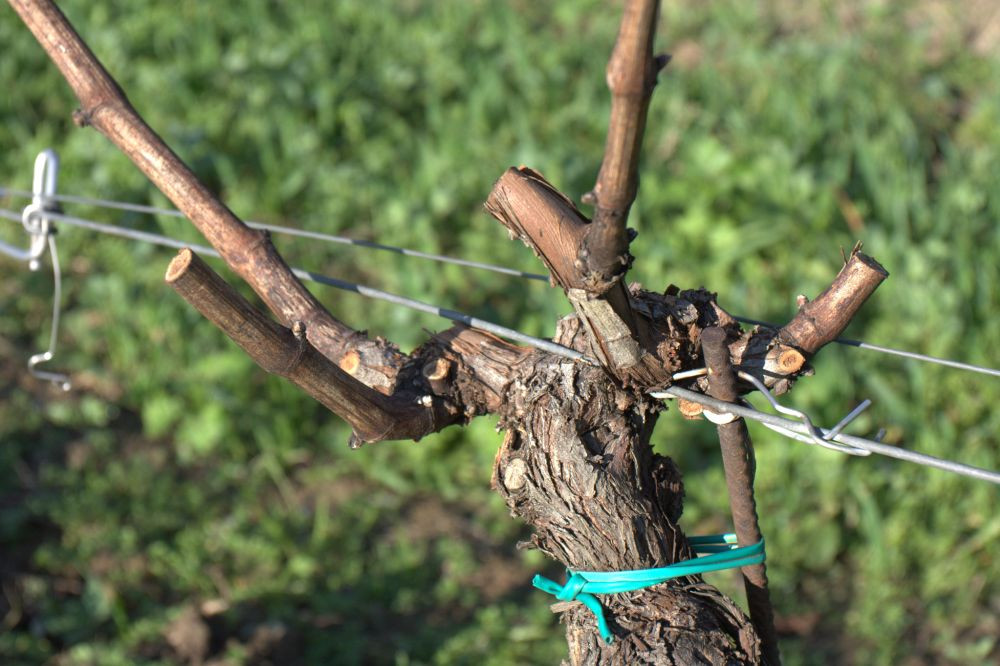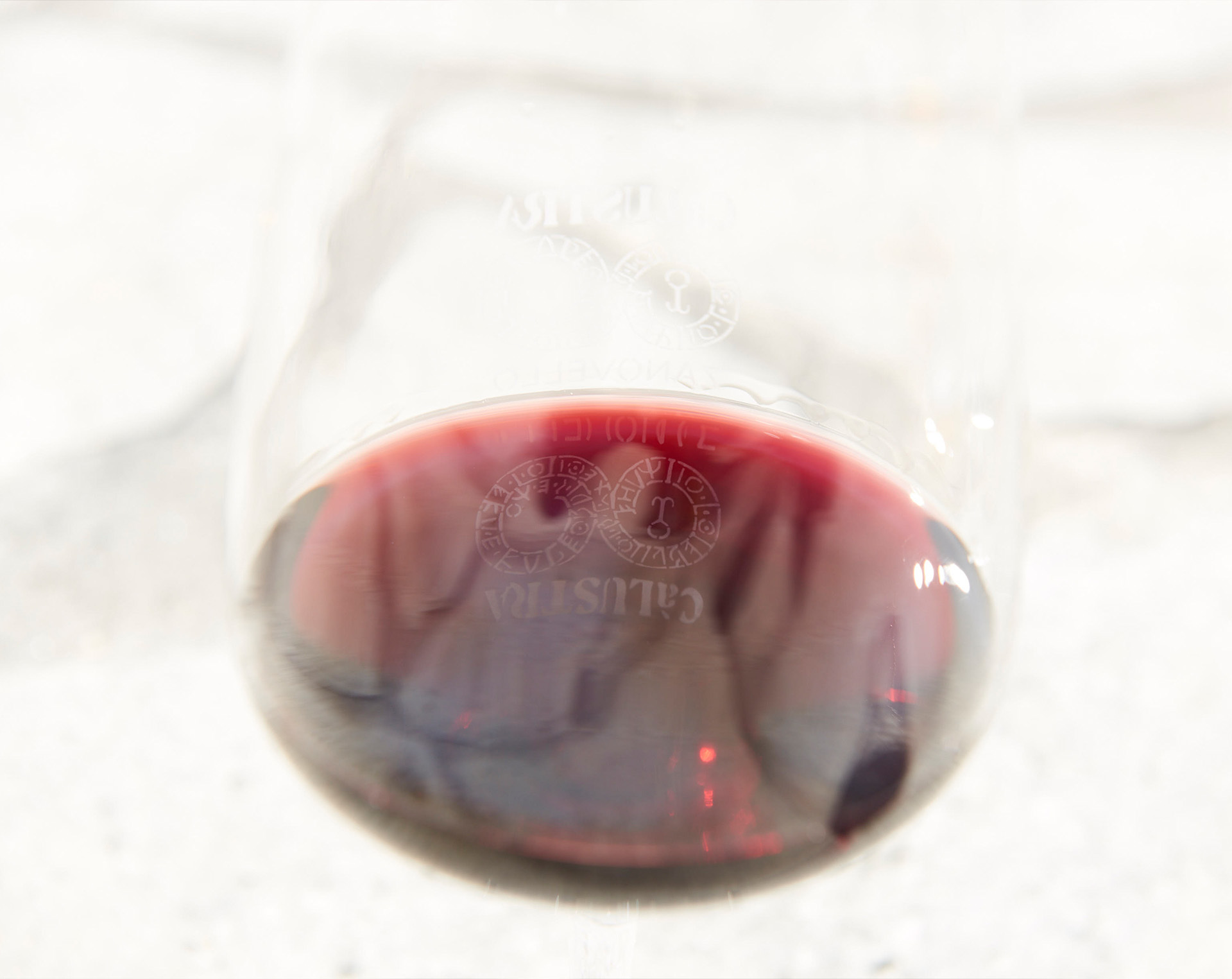
How to choose a red wine: 5 tips to avoid mistakes

Here are 5 tips to help you choose and never be wrong.
Every once in a while, everyone finds themselves in the wine department of a supermarket picking up the first bottle that catches their eye among the shelves in front of them.
Maybe you get lucky, the wine is actually good and your friends finish the bottle at the dinner table. But the doubt remains on what did you actually serve, without a clear idea of what you drank. And what about next time?
In this article we will find out how to choose a red wine in 5 simple steps.
The grape variety
The first thing to consider when choosing a red wine is the variety of grapes. Italy is home to the highest number of indigenous grape varieties in the world, with more than 500 registered wine varieties, and our winemaking tradition has its roots in ancient history. While we are blessed with an incredible natural wealth, the most popular varieties are few in numbers and highly recognisable: Merlot, Cabernet, Pinot Noir, Sangiovese, Nebbiolo.
Merlot and Cabernet are often combined to produce excellent Bordeaux blends with a full body and a dense, impenetrable ruby colour: the Merlot contributes with fruity and floral notes, while the Cabernet has more herbaceous and spicy nuances. Pinot Noir, on the other hand, like Schiava or Nerello, have a more transparent colour and plays with elegant aromas: small red fruits and sweet flowers. Sangiovese is the undisputed king of Tuscany and presents itself with a rich colour, deep aromas and evident tannin. It is the progenitor of the many clones that characterize the main denominations in central Italy (Chianti, Brunello di Montalcino, Nobile di Montepulciano, Torgiano, Colli Martani, etc.). Nebbiolo is another great king, this time of Piedmont and Valtellina regional viticulture. With its austere, vertical character and singular elegance, it often becomes a great aging wine in the Barolo and Barbaresco counties, but also in Ghemme, Gattinara, Carema and Valtellina.
Wine and food pairing is also very important to exalt the best of both. There are pairings that seem eternal like a seasoned marriage, such as grilled meat and Bordeaux blends. Just by paying attention to the grape variety, you will be able to better choose the wine to serve with a braised meat rather than with an aged cheese.
The vintage
The second piece of advice concerns the vintage. The “vintage” defines the year in which the grapes were harvested and influences wine features for two reasons: the climatic conditions of that specific year and the ageing. The complex combinations of these two parameters can inform you on what to expect from the wine in terms of taste and smell.
Red wines from colder years are generally less alcoholic, with more evident acidity and tannins and will probably require longer aging periods to express their full potential.
Red wines produced in warmer years are often a little more alcoholic and fuller to the taste, broader on the palate, and ready for consumption sooner than the former ones. This, however, does not normally affect the longevity of the wine.
Wine aging influences the aromas and the elegance of the tannin: over time, oxidation of the polyphenols leads to a change in colour from a ruby red or a vibrant purple to darker garnet or orange colours. This is matched by an increase in olfactory complexity from fresh floral and crunchy red fruit scents towards a more complex bouquet, characterised by notes of toast, tobacco, chocolate, balsamic hints and fruit in alcohol. Additionally, the polymerisation of the tannins gives silkier and softer sensations to the palate.
When can a wine be defined as old? There is no general rule. For the longer-lived varieties such as Nebbiolo, Cabernet and Sangiovese, 5 or 6 years of aging start bringing out the more complex and enveloping notes. However, when these taste and olfactory notes become heavy, oxidised or display a musty smell, the wine is getting too old.
Organic and sustainable
The third place among our recommendations represents a cultural aspect of viticulture really important to us: a focus on organic agriculture and sustainability.
An eye on sustainability is essential, especially given the fast and consistent climate change we are experiencing. An increasing number of producers are taking steps towards a greater respect for the environment, demonstrating growing awareness of the issue. Among the many actions required to protect the land we live in, organic farming takes a leading role. We made the choice of a natural and coherent development in 2008 as an underpinning of our personal and company values.
What does “organic viticulture” actually mean?
It entails the exclusion of synthetic chemical agents from agricultural practices in favour of a balanced ecosystem and spontaneous vegetation. In a sentence, we strive to produce a wine that is an expression of the land where it grows. The practices observed in our winery differ from traditional winemaking ones in terms of type and dosage of additives employed, in some cases going as far as avoiding additives at all. For example, we reduce the amount of total sulphur dioxide allowed in the final product to 100 mg/L for reds and 150 mg/L for whites, which is 50 mg/L less than traditional methods. A quick internet search about the producer or looking out for the “BIO logo” on the label can help you choose responsibly the next wine to drink.
Other production philosophies with a strong focus on environmental ethics and consumer care have made their way into the sphere of organic farming. The many tastings organised by wine shops, sommelier associations and wineries represent an excellent opportunity to find out more about organic, biodynamic and natural wines.
Reading the label: denomination and crus
Understanding a label is not a straightforward task for beginners, but we can provide you with the most relevant information to look out for.
What do the words “denomination” and “cru” mean?
The denomination identifies the main geographic area of production of a given wine. The cru, or sub-area, is the specific place where usually the wine variety has a higher quality than the rest of the denomination. French winemakers were the first to recognise the value of “cru” some 50 years before us. In Italy, awareness of the importance of cru has increased in recent years, and so have the efforts to clearly communicate and describe these specific wine feature.
Let’s start from the denomination. Labels often report acronyms such as IGT, DOC, DOCG. They describe both the cultivation area of the vines and legally binding production standards:
• IGT stands for “Indicazione Geografica Tipica” (Typical Geographical Indication) and defines a denomination at the regional level.
• DOC stands for “Denominazione di Origine Controllata” (Denomination of Controlled Origin), which is characterized by more restrictive production rules and geographically more restricted areas.
• DOCG stands for “Denominazione di Origine Controllata e Garantita” (Denomination of Controlled and Guaranteed Origin) and is a DOC wine certified by the national authority through sample checks on the final products.
Identifying these acronyms on the label becomes important in choosing the right wine.
Once we have examined the denomination, we can try to find out whether the wine in question bears the name of a sub-zone with unique soil and climate characteristics and look for specific wine features provided by grapes vinified distinctly from others. In many cases, the name of the “cru” or sub-zone matches the name of the municipality in which the vineyard is cultivated. An example are the five crus of the Valtellina Superiore denomination, produced from Nebbiolo grapes: Sassella, Grumello, Inferno, Maroggia, Valgella. It is not an easy task to find your way around the acronyms and names, but with a little practice, key words become familiar making the choice more intuitive.
Una volta esaminata la denominazione possiamo provare a cercare se il vino in questione riporta il nome di una sottozona con caratteristiche pedoclimatiche uniche e di particolare qualità, le cui uve vengono vinificate separatamente rispetto alle altre. Nella maggioranza dei casi, il nome della sottozona coincide con il nome del comune in cui è coltivato il vigneto. Un esempio facile da ricordare è la divisione in 5 sottozone della denominazione Valtellina Superiore, prodotta da uve Nebbiolo: Sassella, Grumello, Inferno, Maroggia, Valgella. Quasi una filastrocca. Non è semplice orientarsi tra gli acronimi e i nomi, ma facendo un po’ di esercizio alcune parole diventano familiari e la prossima volta ce ne ricorderemo più facilmente.
The price
Although it sounds like an obvious argument, the price of wine often varies according to the name recognition of the producer, the area of production or the ethics of the person selling it. The price of a bottle of wine is the sum of production costs and the mark-ups applied by distributors and retailers.
You may have heard the term "emblazoned" referred to a wine bottle. In these cases, either thanks to their quality, recognitions or sheer luck, the wine bottles acquired great fame over the years. Their price has increased considerably over time and when you buy this kind of wine take into consideration you are paying for a sort of "certification" or "guarantee" of a product. These are wines of great quality that are unlikely to disappoint consumer expectations, but their prices are not accessible to everyone.
On the other side of the spectrum, let’s consider the market share of wines under €4.00/5.00. In that case, the choice has to be done by "subtraction": if the cost of the glass, the cork service, the label recognition value and the capsule are subtracted from the price of the bottle, what is the real value of the wine contained in it?
A good rule of thumb is to always enquire about the production area: some winemaking regions ensure a better quality due to land conformation and microclimate. Often hilly areas with steep slopes and good sun exposure are favoured over plains. The production ethic of individual winemakers also weights on the choice of the target market share. In this case, it is useful to perform a quick internet search or ask an expert for advice when you see a bottle that inspires you. This will provide you with useful information functional for making a balanced choice based on you needs.
